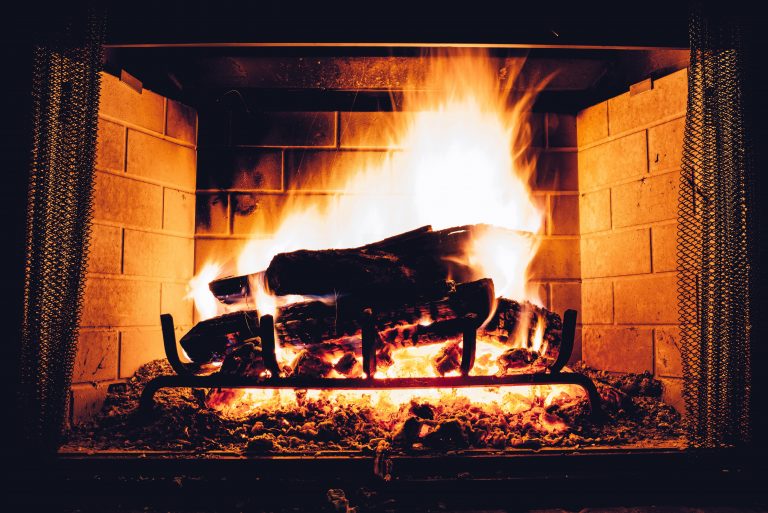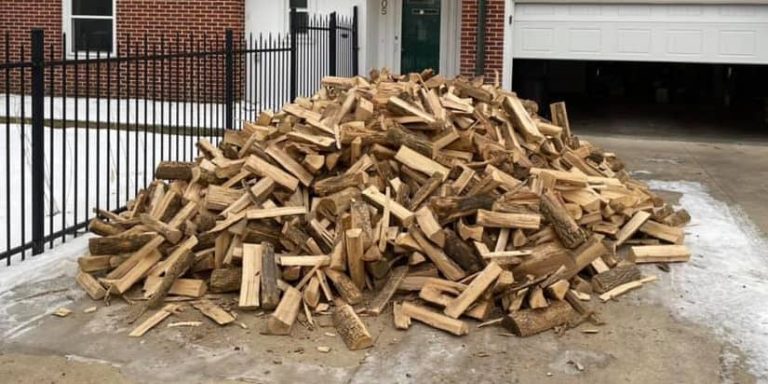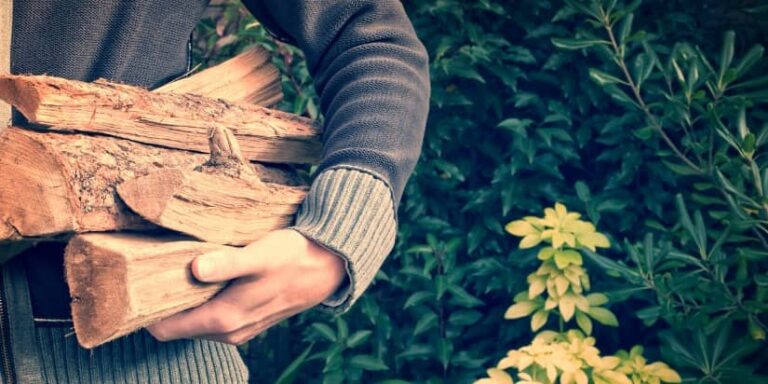If you’ve ever tried to light a fire with damp, green, or low-quality firewood, you know how frustrating—and smoky—the experience can be. Whether you’re heating your home, firing up a backyard fire pit, or preparing for another cold New Jersey winter, the quality of your firewood matters more than most people think.
At NJ Pellets and Firewood, we believe a well-informed customer is a satisfied customer. That’s why we’re breaking down exactly what makes good firewood and how to spot high-quality logs before you burn.
Why Firewood Quality Matters
High-quality firewood burns hotter, cleaner, and more efficiently. It produces less creosote (a flammable residue in chimneys), reduces smoke output, and delivers consistent heat for longer periods.
Poor-quality wood, on the other hand, can:
- Be difficult to light or keep burning
- Smoke excessively
- Generate less heat
- Cause chimney buildup and safety hazards
So how can you tell if the wood you’re buying—or already have—is good to go? Let’s dive in.
1. Seasoned vs. Green Wood: What’s the Difference?
The first rule of good firewood: it must be properly seasoned.
Green wood is freshly cut and full of moisture—often 50% or more water by weight. Burning it wastes energy evaporating water instead of producing heat.
Seasoned firewood, on the other hand, has been cut, split, and allowed to dry for at least 6–12 months. Ideally, it has a moisture content below 20%.
Signs of well-seasoned firewood:
- Cracks on the ends of the logs
- Lighter weight than green wood
- Dull, hollow sound when two pieces are knocked together
- Grayish or faded color, rather than bright or freshly cut
At NJ Pellets and Firewood, we only sell properly seasoned hardwoods—ready for clean, efficient burning when you need it.
2. Moisture Content: The Silent Fire Killer
Even wood that looks dry can retain high moisture. That’s why many savvy homeowners use a moisture meter to check.
Here’s how to interpret the readings:
- Above 25% = Too wet to burn
- 20-25% = Needs a little more seasoning
- Below 20% = Perfect for burning
We test our firewood regularly to ensure it meets optimal burn standards. If you’re sourcing wood elsewhere, consider testing a few pieces yourself to avoid disappointment come winter.
3. The Importance of Wood Type
Not all wood burns the same. Hardwoods, like oak, hickory, and maple, are denser and burn longer and hotter. Softwoods, such as pine or spruce, burn faster and may leave more residue.
For home heating or long fires, choose seasoned hardwoods whenever possible. That’s why our stacks at NJ Pellets and Firewood consist primarily of high-BTU, long-burning hardwoods—perfect for stoves, fireplaces, and fire pits alike.
4. Smell, Sound, and Feel
Beyond the science, you can use your senses to spot good firewood.
- Smell: Seasoned firewood has a mild, earthy smell—not a strong, sappy or fresh-cut scent.
- Sound: When two dry logs knock together, they produce a solid, hollow clunk, not a dull thud.
- Feel: Well-dried wood feels lighter and a bit brittle. Wet or green wood feels heavy and may weep sap.
5. Storage Makes a Difference
Even good wood can go bad if it’s not stored correctly. Keep your firewood:
- Off the ground (on a pallet or rack)
- Covered loosely to allow airflow (don’t wrap it tight in a tarp)
- In a well-ventilated, dry area
At NJ Pellets and Firewood, our wood is seasoned, stored, and stacked with care, ensuring the same quality we’d want in our own homes.
Why Buy from NJ Pellets and Firewood?
In the off-season, it’s easy to forget about firewood until the cold creeps in. But smart homeowners plan ahead—especially when they know where to get consistently high-quality wood.
- Locally sourced hardwoods
- Seasoned and tested for optimal burn
- Convenient delivery across NJ
- Trustworthy service, year-round
Ready to ensure your fire burns bright this fall and winter? Reach out now to pre-order or ask us how to store your wood safely through warmer weather.




